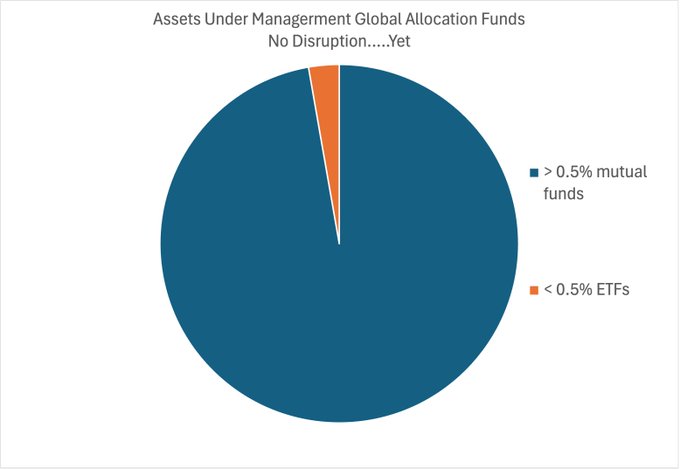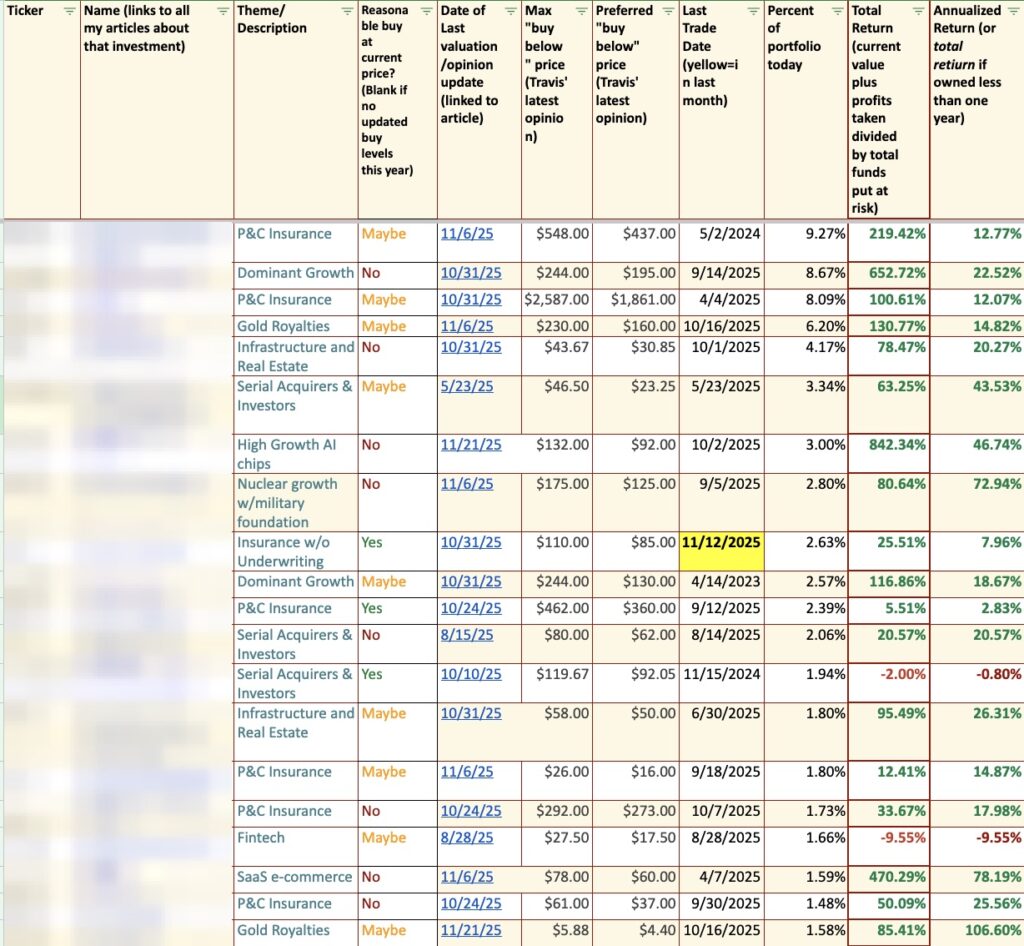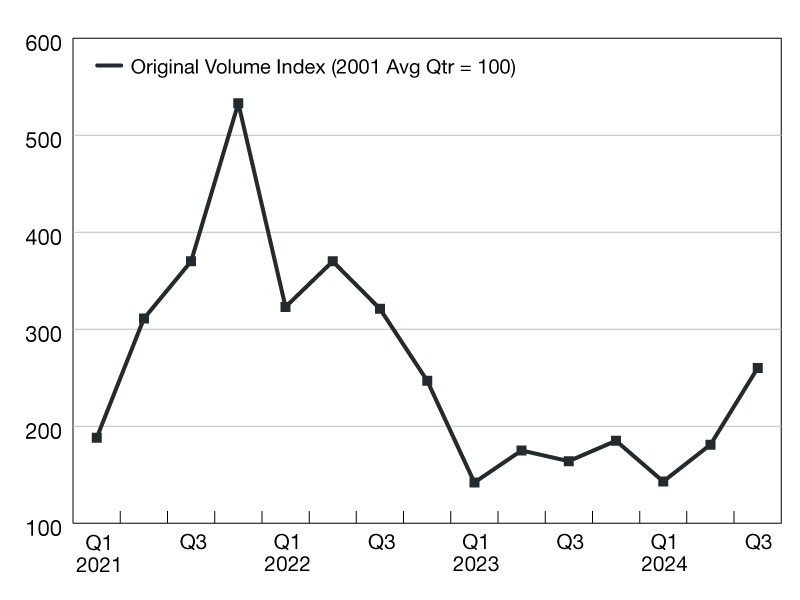If you’re looking for liquidation stock in the UK or Europe, a good route to explore is online bidding sites. You can find liquidation stock in bulk and in a range of categories. Online bidding sites allow you to compete for the inventory, along with other bidders, the highest bid wins!
Liquidation stock is simply merchandise that is being transferred in ownership – it is typically sold by retailers to liquidators or jobbers at the end of shopping seasons, during warehouse clearouts, or when they need to offload their customer returns and excess stock. However, this is still perfectly good inventory that can be acquired by interested parties such as yourself!
Who buys liquidation stock?
Liquidation stock is an optimal source of inventory for your business whether you’re a reseller, exporter, flea market vendor, pound store owner, or running an e-commerce store. As long as you’re a registered business with a valid VAT identification number, you can source liquidation stock from a variety of different places.
The reason why liquidation stock is suitable for so many different types of buyers is that you can find it in the quantities you need and at the price point that works best for you – if you know where to look.
Where can you buy liquidation stock in the UK?
Locally
You can scope out local businesses in your area that are selling liquidation stock. A simple Google search and you can find wholesalers and clearance outlets nearby. (See an example below!) You can make negotiations in person if you’re ready to buy or ask about their vendors. However, this may not be information they want to risk sharing with a potential competitor.
Liquidators and jobbers
If you noticed businesses listed as ‘liquidators’ in your search results that’s because historical relationships exist between big liquidators – also known as jobbers – who make private negotiations with retailers and manufacturers. They will often acquire truckloads of liquidation stock from these companies and then break them down into smaller pallets of liquidation stock that they sell to smaller buyers. With this comes the risk of markups (in order to make their profit) and cherry-picking of the best inventory.
Auction sites
Auction sites, similar to eBay, are pretty straightforward. And while there are plenty of auction sites out there, you want to research which will suit your business’s particular needs. If high auction fees (also known as buyer’s premium) are a dealbreaker, then you may want to keep looking. Or maybe there isn’t as much variety in inventory or lot sizes available. And most importantly, make sure the auction site has a good reputation and clearly highlights customer reviews. It’s possible to encounter sites trying to sell off junk at too-good-to-believe prices!
B-Stock
B-Stock is an online auction site where buyers in the UK and across Europe can browse and bid on liquidation stock from leading retailers and manufacturers. All that is required is a valid VAT number and a simple registration! We don’t handle any of the inventory ourselves, so you are never dealing with middlemen. Plus, you get access to manifests that detail inventory type, quantity, RRP (recommended retail price), and more key details so you know exactly what you’re buying!
View UK Auctions
How to buy liquidation stock inventory
Start buying liquidation stock inventory by following these simple steps:
1. Register your business with a valid VAT number
A VAT identification number allows you to buy inventory duty-free, and then it is your responsibility to collect this tax from customers.
2. Startup capital or line of credit
You need some cash on hand to start buying liquidation stock. There are buyers who borrow from the bank or have their own startup capital.
3. Hone in on a category
It’s easier to sell what you know. If you are more comfortable with apparel, then you should look for liquidation apparel stock. If you have a customer base for mobile phones, then you should purchase used or trade-in mobile inventory.
4. Get familiar with the terminology
Liquidation stock; bankrupt stock; clearance stock; job lots; and retail clearance can all mean the same thing but should not be used interchangeably with wholesale. Wholesale typically means it is new inventory, and at fixed prices. Be aware of these slight nuances and how each vendor refers to its inventory.
Bidding strategies for liquidation auctions UK
We want you to succeed in buying your liquidation stock. Here are a few pointers and tips to fine-tune your bidding strategy:
1. Place a competitive bid
You want to place your most competitive bid if you want to increase your chances of winning liquidation stock auctions. With features like ‘proxy bidding’ on B-Stock, it’s simple. Your proxy bid is essentially your maximum amount. Our system uses your proxy bid amount to automatically bid incrementally on your behalf. To get the most out of this system, we recommend you bid the highest amount you are willing to pay, which is known as your maximum bid. Once entered, the system will manage the bidding for you, acting as your proxy. This offers our buyers a great convenience as you don’t have to be online, all the time, updating your bids in real time. If you wish to increase your bid, you are able to do so at any time during the auction.
2. Take into account resale value
If an item is particularly in-demand, say there is a manufacturer’s shortage of laundry units, then if you manage to secure liquidation stock of laundry units you will have a very high demand for this inventory. When new phone models are released, like the iPhone 14, it’s not uncommon to see liquidation stock of previous models and even the newest!
3. Conditions
Depending on what inventory you’re trying to win, you will want to adjust your bid accordingly. For example, overstock inventory – also known as excess stock that has not been previously sold – will be worth a lot more than customer returns. Why? Because they are in brand new condition and haven’t been handled by customers yet. Customer returns may have scratches or dents, missing accessories, or not fully functioning. Always be sure to check the manifest for details on the liquidation stock’s condition. You don’t want to overpay (or in this case, overbid) for inventory that you won’t be able to resell and make your money back.
4. Shop auctions closer to you to minimise shipping costs
Shipping costs should be taken into account when placing your bids. While liquidation stock can be acquired for steep discounts, shipping costs can easily be another extra hundred to thousand pounds (or Euros). The farther the liquidation stock has to travel to get to you, the more it will cost. So be savvy about which locations you choose to buy from in order to minimise these costs and save money buying on B-Stock Europe.
Browse Auctions in Europe
5. Try new marketplaces
If you’re not having luck winning your first auction, it may be time to switch marketplaces. On B-Stock, you can choose from some of Europe’s most popular retailers’ liquidation stock. Amazon, Wayfair, and Unilever, to name a few! You can also try to win auctions that are smaller lot sizes, which means smaller quantities and less liquidation stock to commit to upfront.
Buy liquidation stock on B-Stock
Buying liquidation stock in the UK and Europe is easy when you’re using B-Stock. We help businesses of all sizes secure the liquidation inventory they need and in the quantities, conditions, and price points they’re looking for. Start your buying journey on B-Stock today.
















